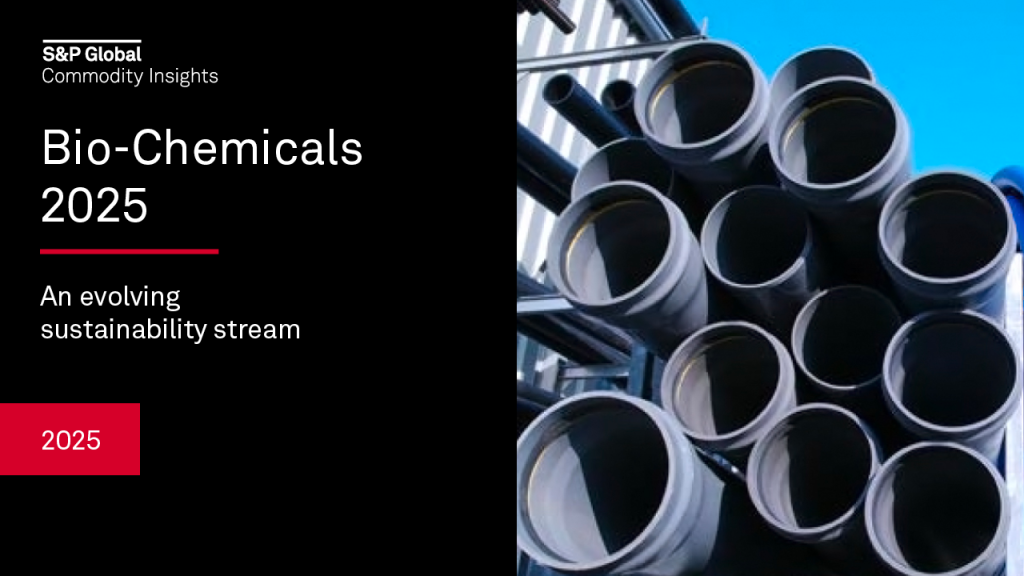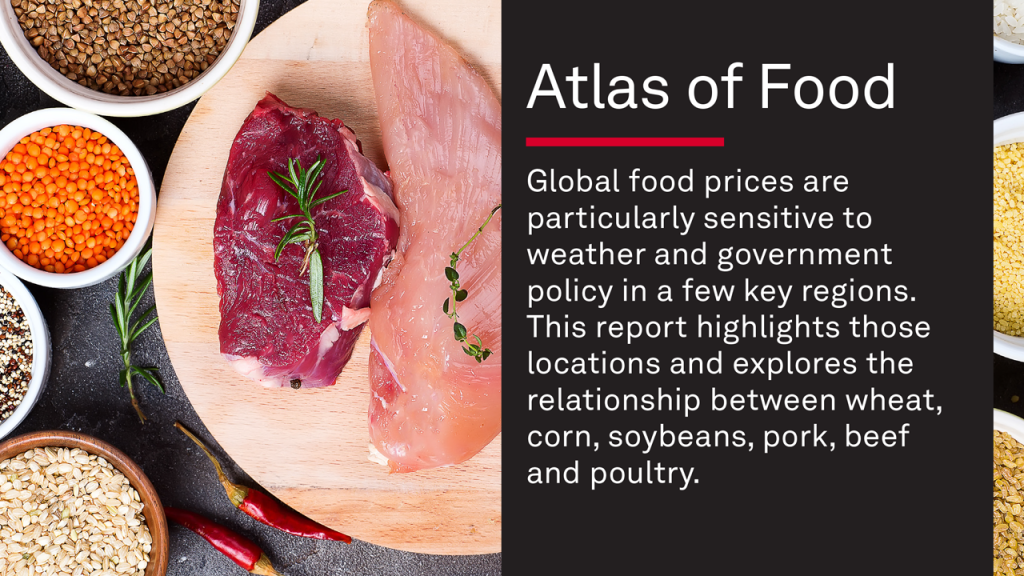Green Cleaning for Schools
A guide to improving indoor air quality and reducing toxic exposure in schools. By Lori Bongiorno
After hearing Patti Wood, executive director of Grassroots Environmental Education (GEE), speak at a parent council meeting “about the toxins that our kids are exposed to” in conventional cleaning products, Jo Beth Roberts decided to try and get her sons’ elementary school to switch to healthier, environmentally friendly alternatives. “I thought, ‘This is a no-brainer,'” says Roberts, who had learned that cleaners used on a daily basis in schools could pollute indoor air with irritating and allergenic fragrances and chemicals linked to neurological problems, hormone disruption and asthma.
With the support of other Manorhaven Elementary School parents, Roberts approached the director of facilities for the Port Washington, New York, school district, who expressed concern that green products might not clean as well. But he agreed when she asked him to try them on an experimental basis. “Just because a product is non-toxic doesn’t mean people are going to use it. It has to work as well as the leading commercial brands,” says Deirdre Imus, founder of The Deirdre Imus Environmental Center for Pediatric Cancer, whose non-toxic cleaning products are used in over 50 hospitals, schools and other institutions.
What followed at Manorhaven turned out to be a win-win situation: The green-cleaned school was spic and span and smelled great, Roberts says. The custodians liked not having to handle toxic products and the simplicity of using only two: Envirox’s H2Orange2 #117, a multipurpose concentrate, and Grout Safe 130, a desk cleaner. They are now used in all the district schools.
What You Can Do
- Get a list of green institutional cleaning products by visiting the GEE Web site and following the link to the EPA-funded, approved product list. Wood recommends Envirox, ECOgent Environmental Solutions and Enviro Care products. Imus’s Greening the Cleaning products are made by The Clean Environment Company, which is also on the EPA list, and will be offered retail to consumers starting this fall.
- If the cleaners your child’s school uses are not on the green list, ask to see the Materials Safety Data Sheets (MSDS) for each product it does use. MSDS, however, reveal only those ingredients that have acute and immediate rather than long-term effects, Wood says. Unhealthy ingredients typically used in school cleaning products include: 2-butoxyethanol, petroleum distillates, chlorine (sodium hypochlorite), ammonia, quaternary ammonium compounds, alkylphenol ethoxylates and acids.
- With your research and the list of alternative products as back-up, ask your school to try them. If they are resistant, get more parents involved. “All you have to do is mention the word ‘toxic,'” says Roberts.
- Make it clear to your school that this won’t necessarily cost more money. Deirdre Imus says she found that schools tended to use too many products, and when they switched to her products they used fewer and therefore saved money.
- Next step: Once you’ve greened your school’s cleaning, push for less-toxic pest-control methods. Although not used every day in schools, many pesticides are associated with cancer, asthma and nervous-system damage. See the articles “Integrated Pest Management in Schools,” and “Play Not Spray” and the Green Guide product report on mosquito control.
——
This article has been reprinted courtesy of The Green Guide. It was first published in the September/October 2004 issue of that publication.









